Phonics Teaching Resources
Make teaching phonics easy with printable phonics worksheets, activities, games and more designed for primary teachers.
This collection of Australian curriculum-aligned teaching resources has been carefully reviewed by our expert teaching team to make sure every resource is classroom-ready — so we can make your lesson planning easier!
New to teaching phonics, or just looking for new ways to engage your students? Read on for a primer from our teacher team!
What Is Phonics?
You've likely heard the word 'phonics' thousands of times throughout your own education and maybe on one of those old as from the '90s. But what is phonics, exactly?
Phonics is technically defined as the systematic instruction of the relationships between letters and sounds in written language. But that's a mouthful, isn't it? More simply, phonics is the word we use to refer to the method of teaching reading by focusing on the relationship between written letters and the sounds they represent.
In phonics, kids learn how to decode written words by recognising the sound-symbol correspondence.
Phonics vs. Phonemic Awareness
When we start talking about letters and their sounds, we start to wander into phonemic awareness territory. So what's the difference?
The words phonics and phonemic are similar, and the two concepts are — surprise, surprise — related. But there are key differences.
Phonemic awareness is essentially the ability to identify and manipulate individual sounds — aka phonemes — in spoken language. It's those individual sounds and their correspondence to the letter symbols that can be used by kids to then decode written words.
So students learn to recognise the individual sounds of spoken language (phonemes) and how these sounds can be represented by letters (graphemes) in written language. Then they apply this knowledge to decode written words by understanding the sound-symbol correspondence.
Consider this example:
- Let's say your student can identify the separate sounds in a spoken word such as 'cat' (i.e., /k/ /a/ /t/). That's phonemic awareness.
- Now let's say you're teaching that same student that the letter 'c' represents the /k/ sound and that the letter 'a' represents the /a/ sound, and that these sounds combine to form the word 'cat.' That's phonics!
How to Teach Phonics in Primary School
OK, you probably already know that phonics is all about teaching word recognition via grapheme-phoneme associations and letter-sound correspondences.
It’s a means of teaching early readers the pieces that make up a word so they can blend them together to decode the English language as readers and writers.
But how do you teach it?
In the earliest stages, phonics instruction typically begins with teaching students the most common letter-sound relationships. You start with consonants, then move on to vowels, then consonant blends.
Students then learn to sound out words by decoding the letters and blending the sounds together to form words.

Phonics Vocabulary Terms to Remember
The English language system is one of the hardest to teach and learn, so how do you teach phonics? Let’s start with the phonics vocabulary.
- For starters, there are 26 letters that create approximately 44 phonemes, the word for the individual speech sounds that make up words. Put together, phonemes make words. OK, easy enough, right?
- Well, these phonemes can be written in more than 200 different letter combinations, known as graphemes. Graphemes can be made up of 1 letter (such as 'p' in 'pig'), 2 letters (such as 'gh' in ghost), 3 letters (such as 'igh' in night), or 4 letters (such as 'ough' in rough).
- Then there are digraphs or two letters that work together to make one sound — such as “ph” in graph. But wait, isn’t that a grapheme? Yup, a digraph is a type of grapheme.
- So is a trigraph, trigraphs, aka three letters that work together to make one sound, such as 'dge' in edge.
- And if you’re teaching phonics, you can’t forget dipthongs, the name for a sound that is formed by the combination of two vowels in a single syllable, such as 'ou' in loud.
Most students will spend foundation, year 1 and even year 2 getting a handle on all phonics elements!
- Plus Plan
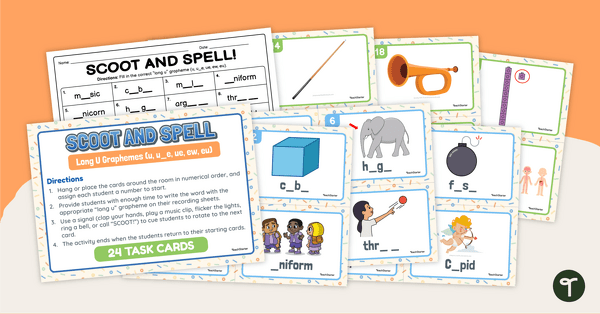
Long U Graphemes - SCOOT! Task Cards
Explore words containing graphemes that make the ‘long u’ sound with this active classroom game that will get your students moving!
- Plus Plan
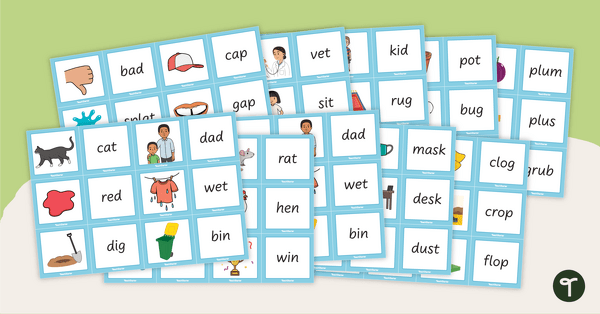
CVC/CCVC/CVCC Word Flashcards
A comprehensive set of flashcards for CVC, CCVC, and CVCC words.
- Free Plan
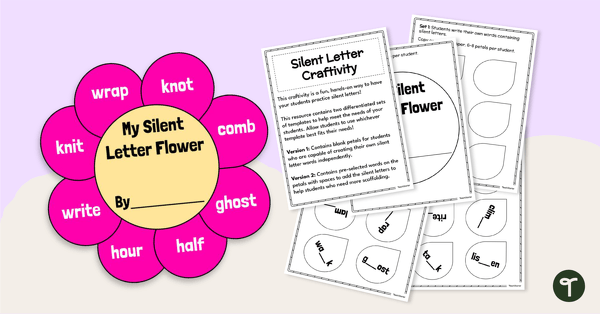
Silent Letter Craft Activity
Explore silent letters in a new and unusual way with this creative craft activity.
- Free Plan

Initial Sound Peg Cards (Version 1)
An initial sound and fine motor activity for the early years classroom.
- Plus Plan
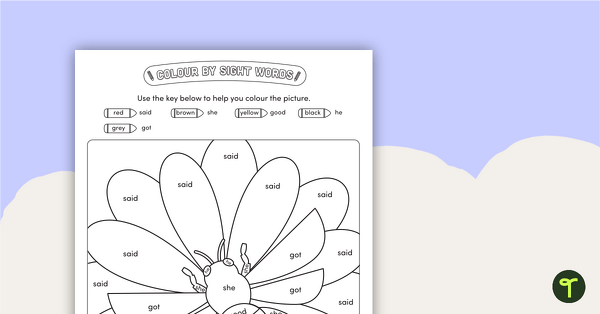
Colour by Sight Words - 5 Words - Bee
A fun colouring activity to use when working with sight words.
- Plus Plan
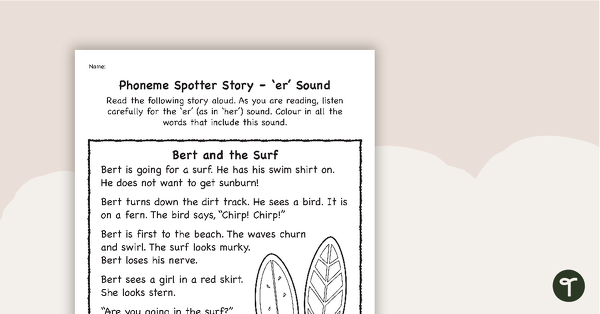
Phoneme Spotter Story – 'er' Sound
A decodable text featuring various graphemes that make the ‘er’ sound.
- Plus Plan
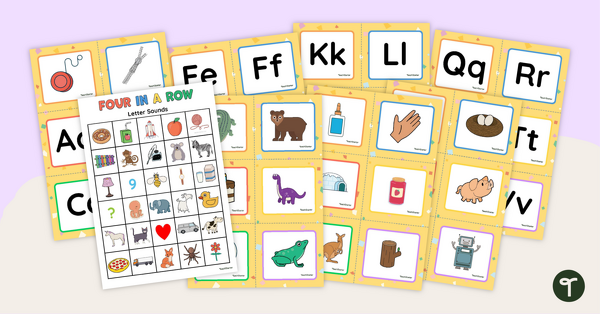
Letter Sounds Games - Four in a Row
Practise applying letter-sound correspondence with 26 picture cards, 26 letter cards, and a beginning letter sounds picture game board.
- Plus Plan
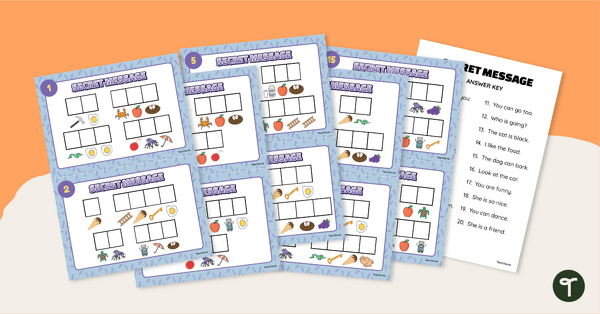
Beginning Sounds Mystery Task Cards
Help students apply letter-sound correspondence with this set of 20 task cards.
- Plus Plan
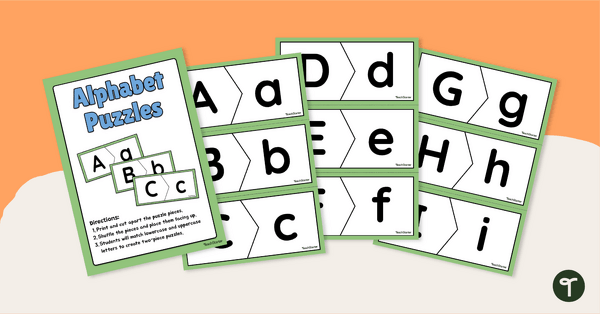
Alphabet Puzzle Uppercase and Lowercase Activity
Use this hands-on matching activity to support students' recognition of lowercase and uppercase letters.
- Plus Plan
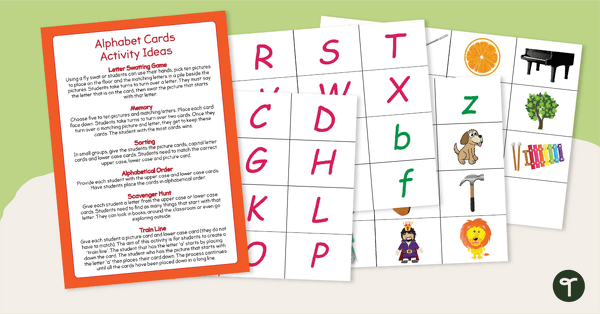
Alphabet Picture and Letter Cards
Practise letter recognition and letter sounds with this set of alphabet letter and picture cards.
- Plus Plan
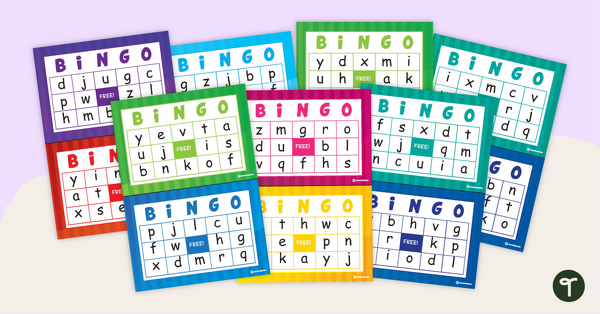
Alphabet Bingo Upper and Lowercase Recognition
Give students the opportunity to practise the recognition of lowercase and uppercase letters with this set of alphabet bingo cards.
- Plus Plan
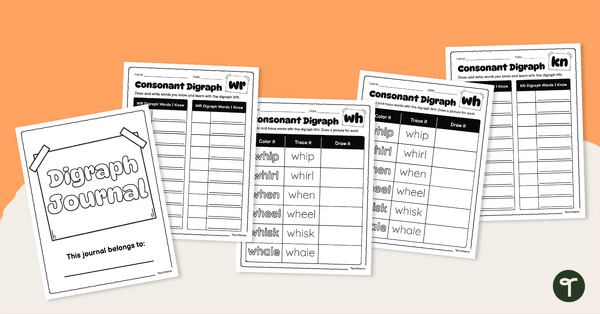
Consonant Digraph Phonics Journal
Help students remember and record words and examples of different consonant digraphs during your phonics lessons.
- Plus Plan
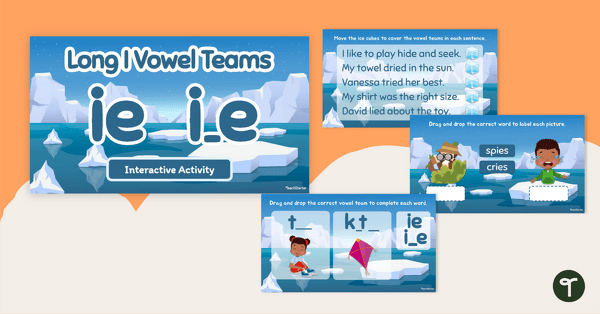
Long I Vowel Digraphs Interactive Activity
Practise identifying the different vowel digraphs that spell the long /i/ sound with this fun iceberg-themed interactive activity.
- Plus Plan
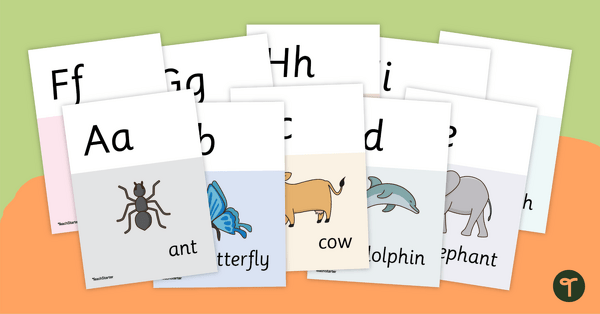
Animal Alphabet Display Posters
An A to Z of animals in 26 vibrant posters.
- Plus Plan
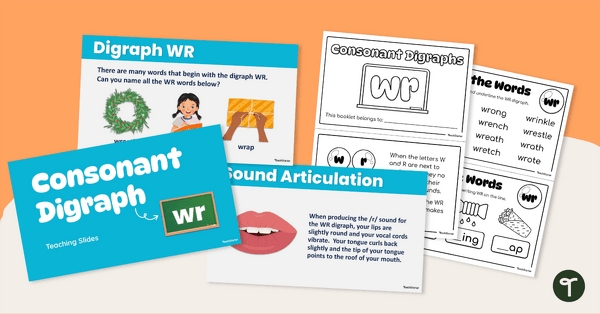
Wr Digraph Lesson Resource Pack
Introduce students to the wr digraph with this set of teaching slides and mini activity book.
- Plus Plan
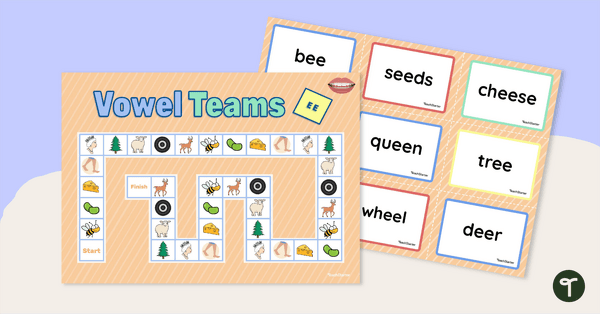
'EE' Vowel Digraph Board Game
Decode words with the ee long vowel team in this word card board game.
- Plus Plan
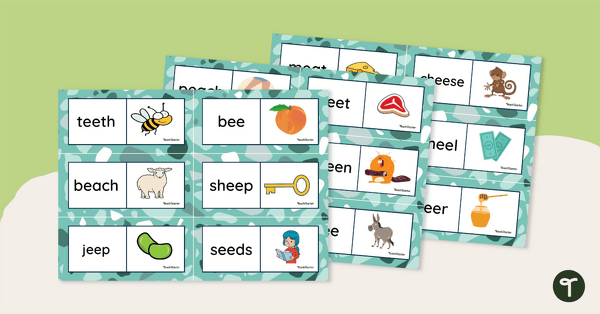
Vowel Digraph Dominoes - EE, EA, and EY
Decode words with ee, ea, and ey vowel digraph conventions for representing long vowel sounds using this set of 26 dominoes.
- Plus Plan
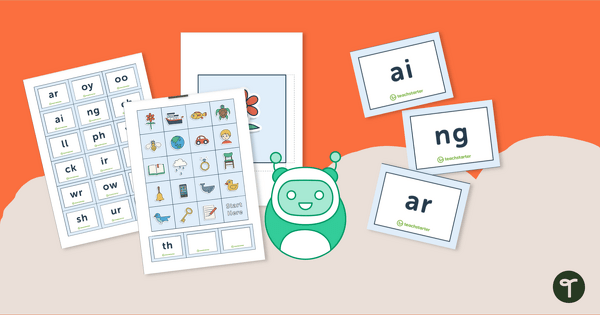
Digraph Coding Robot Mat
Practise identifying digraphs with the help of a coding robot and mat.
- Plus Plan
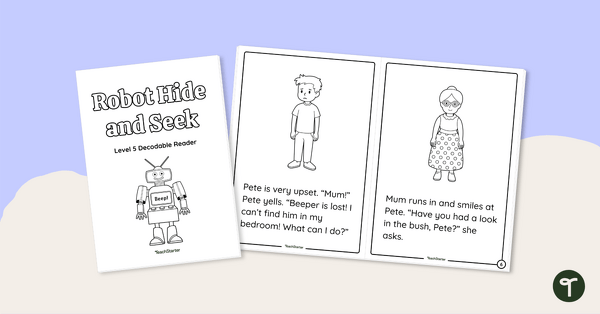
Robot Hide and Seek - Decodable Reader (Level 5)
Develop confident, successful readers with this phonics-based, printable decodable book.
- Plus Plan

Eliza's Ride - Decodable Reader (Level 5)
Develop confident, successful readers with this phonics-based, printable decodable book.
- Plus Plan
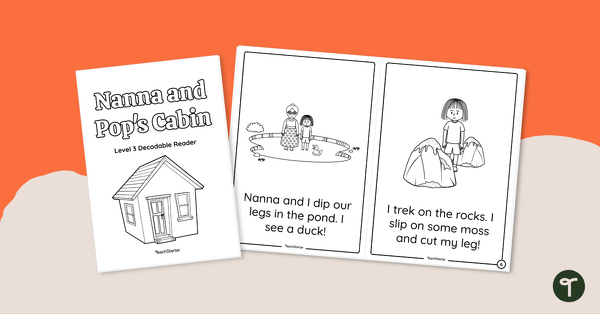
Nanna and Pop's Cabin - Decodable Reader (Level 3)
Develop confident, successful readers with this phonics-based, printable decodable book.
- Plus Plan
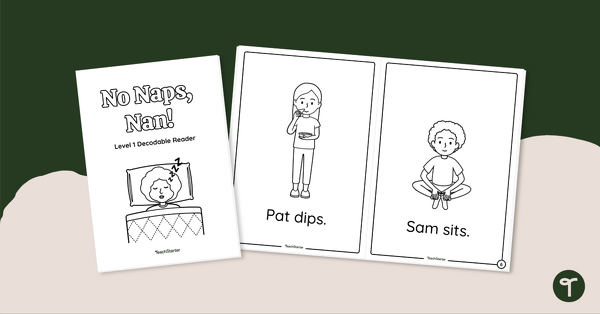
No Naps, Nan! - Decodable Reader (Level 1)
Develop confident, successful readers with this phonics-based, printable decodable book.
- Plus Plan
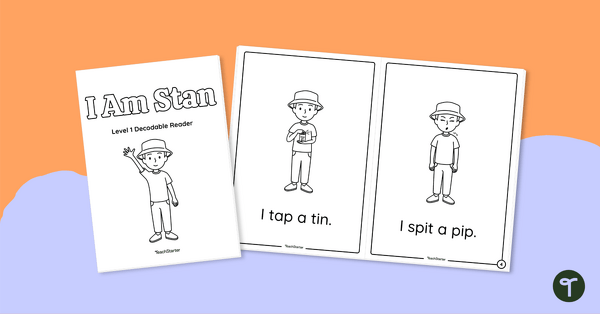
I Am Stan - Decodable Reader (Level 1)
Develop confident, successful readers with this phonics-based, printable decodable book.
- Plus Plan
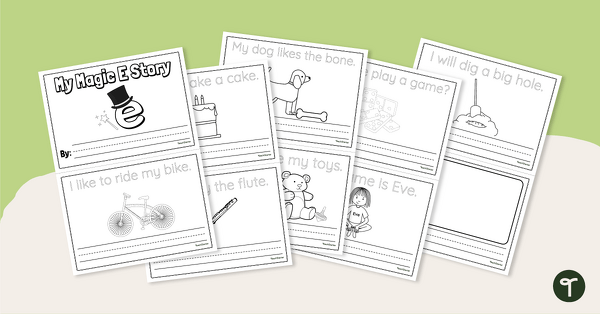
My Magic E Story - Mini-Book
Practise reading and writing sentences with CVCe words with this magic e mini-book.
- Plus Plan
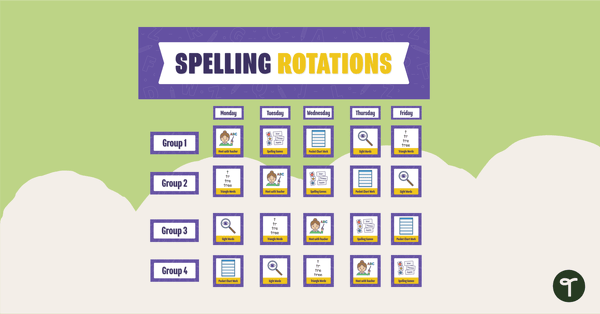
Spelling Rotation Classroom Display
Guided spelling classroom display to organise your classroom and their daily activities.
- Plus Plan
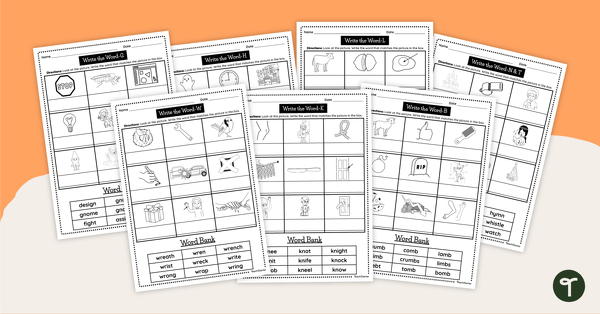
Silent Letters Worksheets - Word and Picture Match Up
Explore silent letters in one- and two-syllable words with this set of 7 targeted worksheets.
- Plus Plan
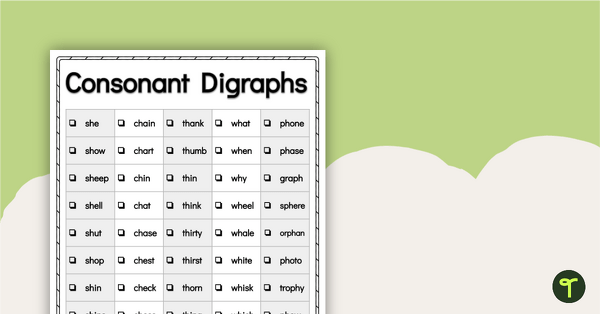
Word Study List - Consonant Digraphs
Introduce and explore common consonant digraphs with this extensive list of words.
- Plus Plan
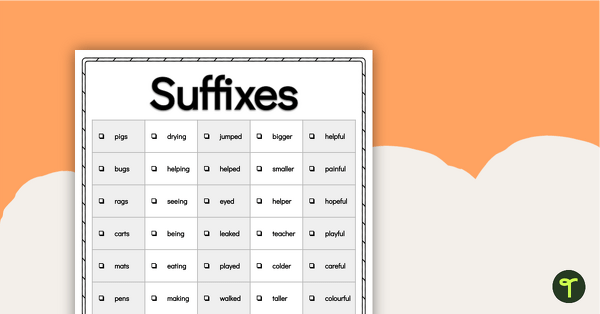
Word Study List - Suffixes
Introduce and explore common suffixes with this extensive list of words.
- Plus Plan
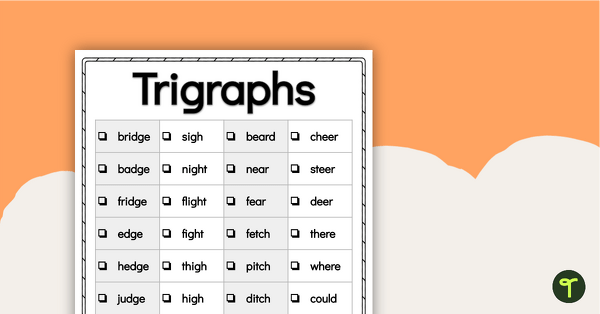
Word Study List - Trigraphs
Introduce and explore common trigraphs with this extensive list of words.
- Plus Plan
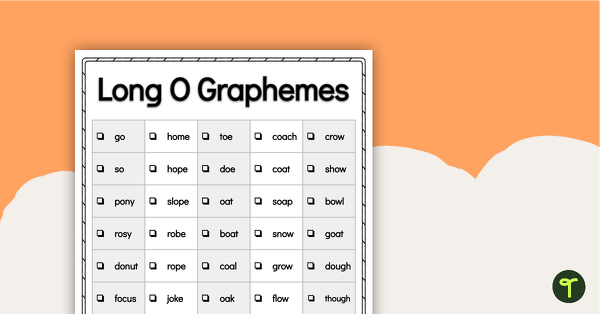
Word Study List - Long O Graphemes
Introduce and explore words containing graphemes that make the ‘long o’ sound with this extensive list of words.
- Plus Plan
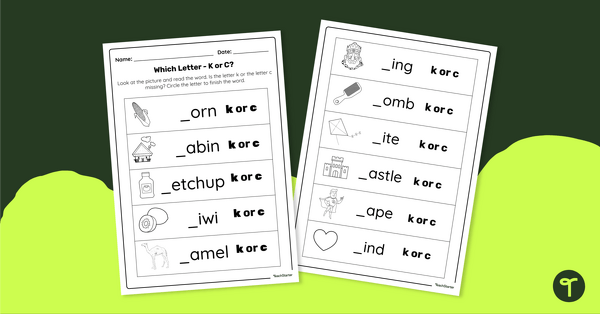
Which Letter? Worksheet - K or C
Practise identifying when to begin words with the letter K or the letter C with this printable two-page worksheet.
- Plus Plan
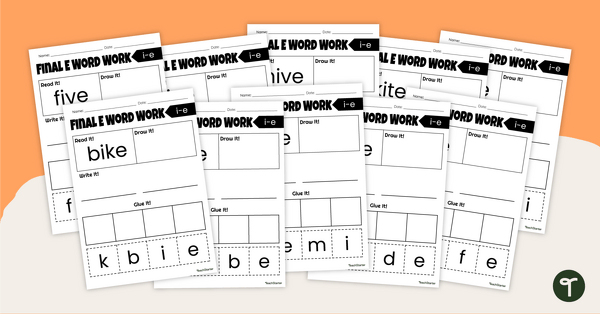
Final 'E' Worksheet Pack (I_E)
Explore words that make the 'long i' sound using the split i_e digraph with this set of 11 worksheets.